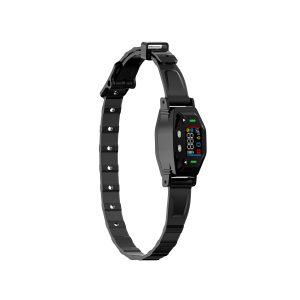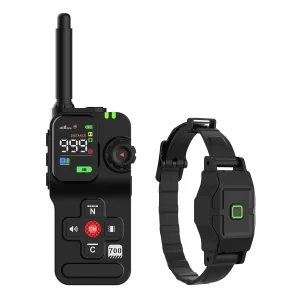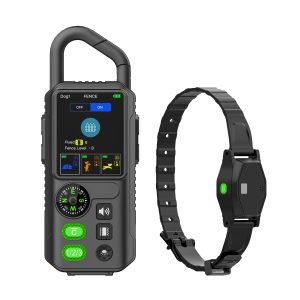The Science Behind Ultrasonic Bark Control Devices
For pet owners seeking a solution to incessant barking, ultrasonic bark control devices have emerged as a popular choice. These gadgets claim to deter barking by emitting high-pitched sound waves inaudible to human ears but unsettling to animals. But do they really work?
To understand their effectiveness, one must delve into the physiology of canines. Dogs, known for their acute hearing, react to sounds at frequencies beyond human perception. Proponents of ultrasonic bark control devices argue that these devices exploit this sensitivity, conditioning dogs to associate barking with discomfort, eventually reducing their vocalizations.
However, critics question the long-term impact of such devices. Skeptics argue that while initial results may demonstrate a decrease in barking, dogs could become desensitized over time, rendering the devices ineffective. Furthermore, concerns have been raised about the potential psychological implications of subjecting animals to aversive stimuli.
Research studies have yielded mixed results regarding the efficacy of ultrasonic bark control devices. Some experiments suggest a noticeable reduction in barking behavior, particularly in response to specific triggers. Conversely, other studies indicate minimal impact, with dogs showing adaptability to the emitted sounds.
Ultimately, the decision to use ultrasonic bark control devices rests on pet owners’ preferences and ethical considerations. While some view these gadgets as humane alternatives to traditional training methods, others advocate for positive reinforcement techniques that emphasize rewards for desired behaviors.
Conclusion
In conclusion, the effectiveness of ultrasonic bark control devices remains a topic of debate within the pet care community. While these devices offer a non-invasive solution to excessive barking, their long-term impact on animal welfare requires further scrutiny. Pet owners are encouraged to approach the use of such devices thoughtfully, considering both the potential benefits and ethical implications.




